Travel Fellowship Report: Michael Swords
La Sabranenque Volunteer Programme, August 11-28 2012
11th August
After months of planning, preparation and research, I can't believe that this day has finally arrived. Approximately two hours ago, I landed in Marseille in the south of France. The journey from the airport to the hotel in which I am staying felt like competing in an Olympic marathon, lugging my heavy holdall bag on and off metro trains and taxi's, until finally I arrived at my destination.
 |
The rooftop terrace at Hotel le Corbusier.
|
Staying for two nights at 'Hotel le Corbusier' is perhaps the part of this adventure about which I am most excited. Its architect, Corbusier, has been of immense influence to me throughout my studies. I have have read books and studied the plans and sections of this building, but nothing beats experiencing a building in person. Corbusier entitled the project 'cite radieuse', and walking through the building for the first time, I found it to be exactly that. It is a mini village stacked vertically. Corridors replace streets, apartments replace terrace houses. The massive building even contains a restaurant, some small shops and on the roof there is a gymnasium.
From my little bedroom, I find myself critiquing the building in relation to its initial concept. Unfortunately, as a work of social architecture, it fails on many levels. The internal corridors are poor replacements for typical streets. The lack of direct sunlight renders them dark and dingy service spaces rather than the bustling social spaces intended by the Architect. The rooftop was famously intended to appear like the deck of an ocean liner, which it does. However, the scale of the space is not proportional to the number of inhabitants within the building. The building lacks the necessary social spaces to fulfill its original concept, but as an architectural experiment it has many lessons to teach.
After sitting on the rooftop terrace reading in the baking sun for an hour or so, I decided to explore the center of Marseille. The second largest city in France, Marseille is considered to be a major centre of art and history. I found the city centre to be very interesting, with different layers of Architectural history visible. I made my way towards the port area, before deciding to visit the Basilica of Notre dame du garde.
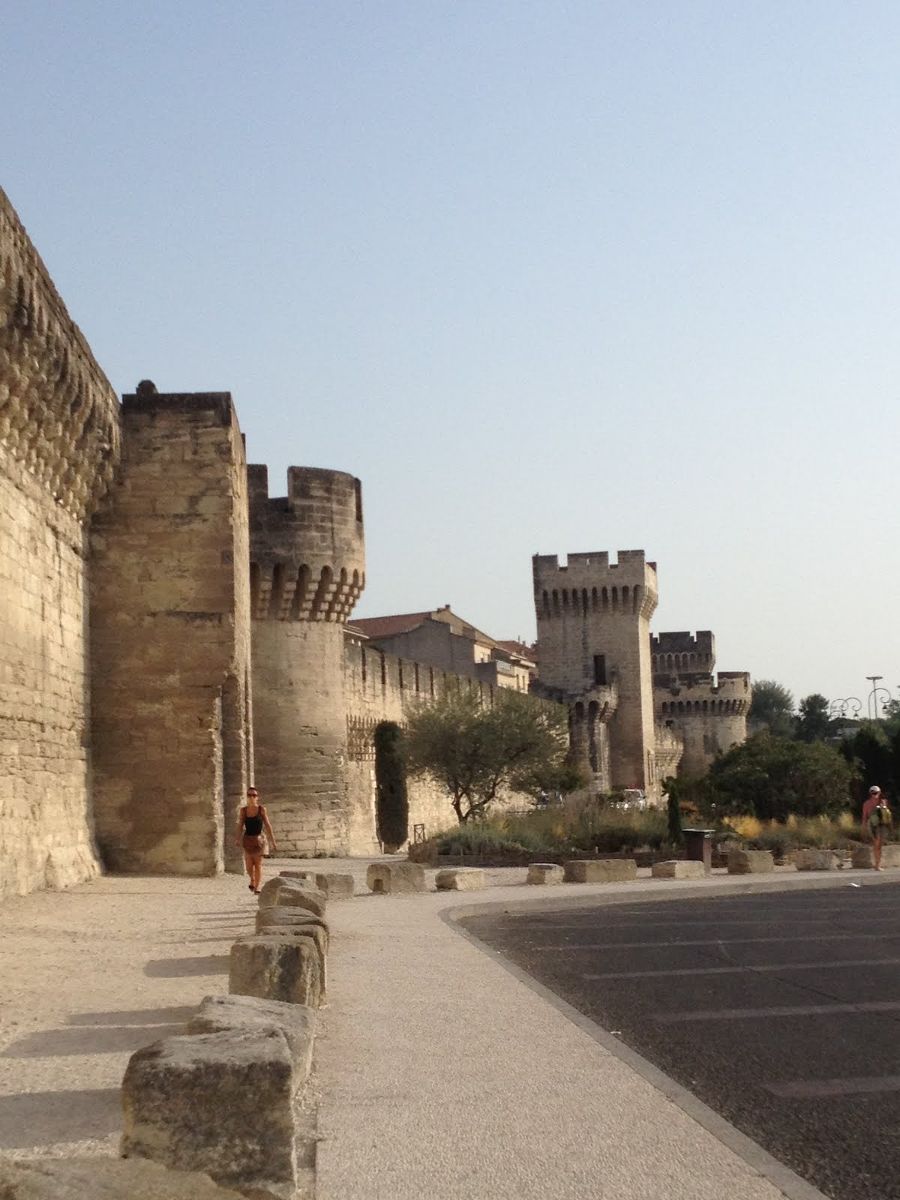 |
The well-preserved medieval city walls still surround the city of Avignon.
|
13th August
I caught the TGV from Marseille station to Avignon. The train ride through the provencal countryside was very enjoyable, with the bullet-fast train passing through fields of lavender and vineyards. After a quick 40 minute journey, I arrived at Avignon. Emerging form the station, I was met by the impressive image of the intact medieval city walls, which still surround the city. My desire to explore the city was cut short by a small, smiling french man who approached me with a sign which read 'La sabranenque'. During the short half hour drive to the town of St.victor la Coste, I discovered that he is Pascal, the stonemason who over the course of the next two weeks, will introduce me to Provencal vernacular stone masonry techniques.
14th August
The first day of physical work at 'La Sabranenque' started early, with breakfast ending at 8am and work beginning at 9am. Sarah, the course leader, explained that our first objective would be to clear the overgrown shrubbery on the route up to the castle, as in the baking hot summer months, the dry overgrowth is prone to fire. After an hour or so of clearing away dead foliage, Pascal began the preparation work for the construction of the stone pathways up to the caste.
 |
The shrine that we visited on the hike is a chapel set within a large cave.
|
15th August
Wednesday’s at la Sabranenque are usually set aside as days to visit the local quarry to obtain more stones to build walls. However, the 15th August is a national holiday in France, and so the quarry was closed. Instead, we set out on a hike through the garrigue to a holy shrine set in a cliff side. Sarah explained that it is believed that a man once saw an image of Mary in a cave, and after that built a shrine and lived in the cave for the rest of his life. The hike through the forests and vineyards was very enjoyable, and when we reached the shrine we had a picnic.
16th August
On the Thursday we finally got down to the serious work of wall building. Sarah, the course leader, as well as Ginou, the course founder now well in his eighties, led the wall building lesson. We started on a small section of wall in the old village of st. Victor la coste which was going to support a staircase.
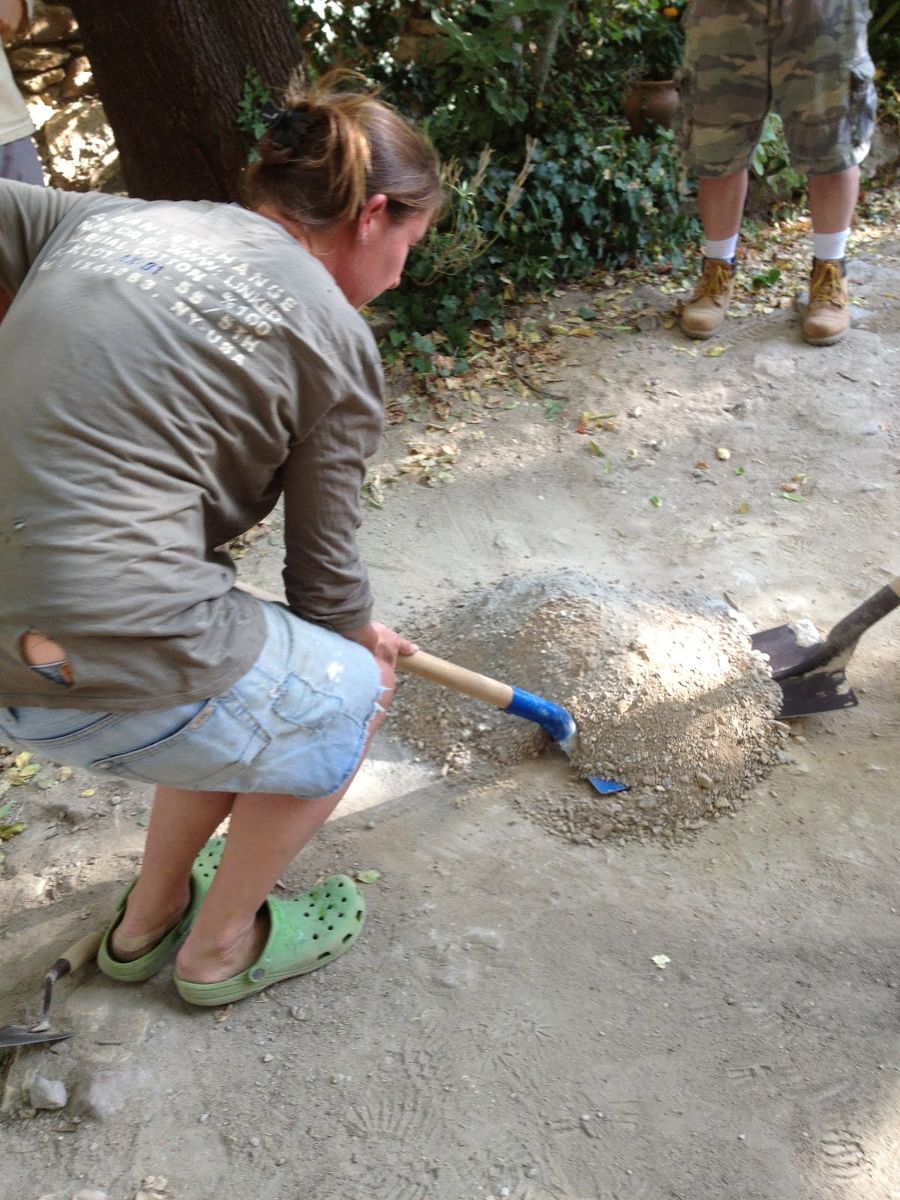 |
Sarah, the course leader, teaching us how to mix lime-based concrete.
|
The methods of stone building in the provencal region are more precise than I had previously been taught in Italy. Every single stone in the wall was placed, including the interior packing or ’Bourage’ as it is referred to in French. This leads to a much slower process, but ensures the stability of the wall. One of the reasons for this process is that the stones found in this area are not as regular as elsewhere, meaning the entire process is like a large three dimensional jigsaw puzzle.
Evenings at la sabranenque were very sociable occasions. They were usually spent meeting and talking to the locals at the village cafe, or otherwise playing French Boules as a large group.
18th August
Weekends at 'la Sabranenque' are set aside for field trips to local towns of architectural interest. On the first Saturday, we woke up to the promise of an interesting market in a nearby town called Uzes, followed by a visit to the infamous Roman aqueduct 'Pont du Gard'.
 |
View of Uzes City.
|
Uzes was originally a small Gallo-Roman settlement lying at the source of the Eure, from where the Pont du Gard aqueduct was built to serve Nimes some 25km away. The present day city retains a trace of its city walls as a circuit of boulevards. The fabric of the city consists of narrow intimate, medieval streets. The city is famous in the region for its saturday farmers market. We arrived on saturday morning just before 11am, but already the narrow streets were bustling with people. Market stalls had consumed every inch of street space possible. Traders selling products ranging from homegrown vegetables, to woven cloths and the typical tourist souvenirs lined the streets.
The Pont du Gard is an amazing feat of engineering. Constructed in the 1st century AD, the Pont du gard is the highest of all Roman bridges, and the best preserved after the Aqueduct of Segovia in Spain. It is part of the Nimes aqueduct, a 50km long structure built to carry water from uzes to Nimes. Today the bridge no longer functions as an aqueduct, but serves as a major tourist attraction.
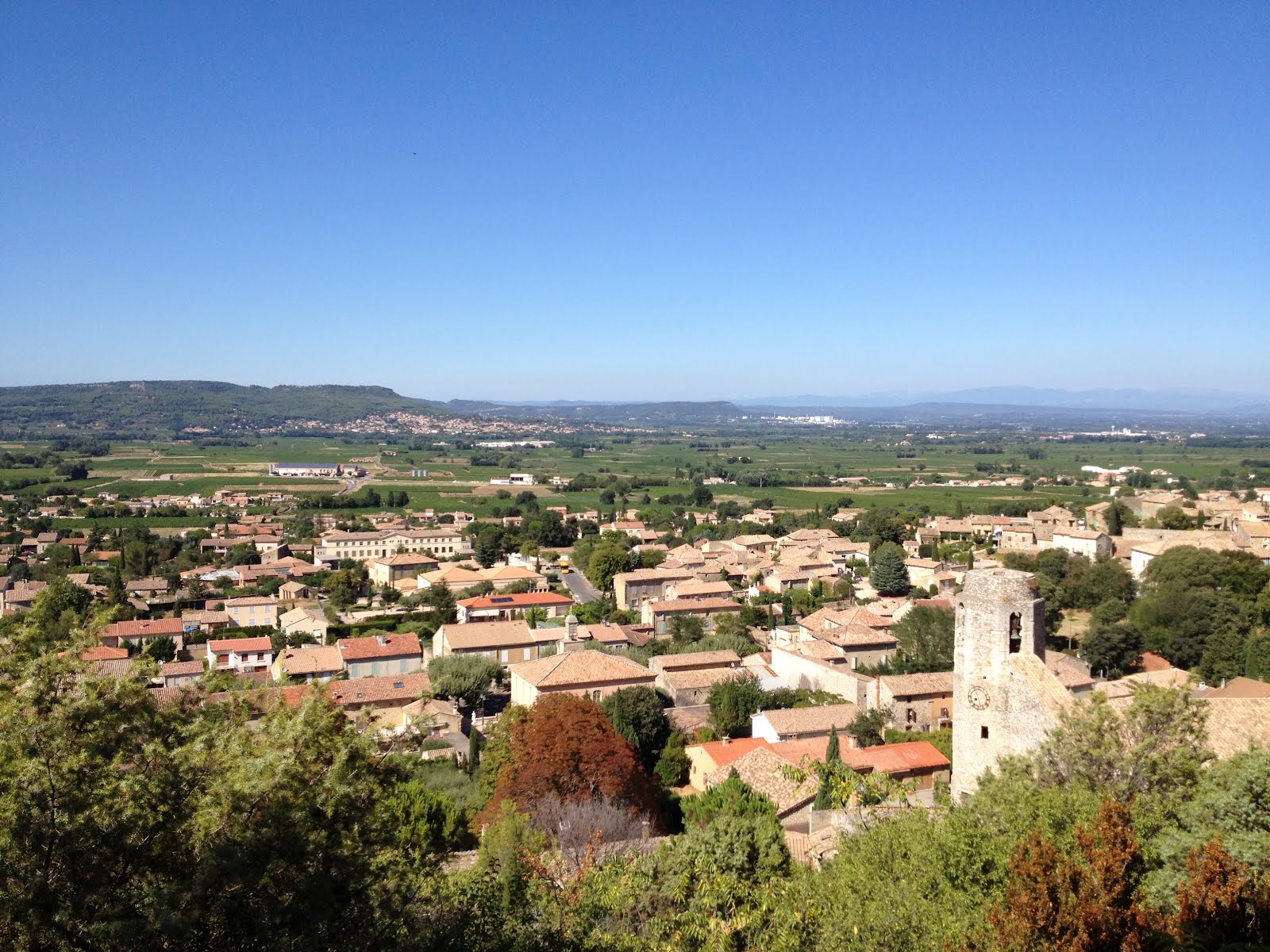 |
View of st. Victor la coste, from the hill up to the caste.
|
19th August
The first sunday at la sabranenque was filled by a group visit to Avignon. Only some of the volunteers decided to go, with others wanting to stay behind and explore st. Victor la coste. having read many books about french architecture before my trip, I was very interested to see not only the city walls, but also the ‘Palais du Papes’. The Palais, constructed in 1252 AD was the residence of the Roman pope during the 14th centrury, when Pope Clement v moved the Papal Curia to Avignon. The palais was built in two phases, with two distinctive elememnts known as ‘Palais vieux’ and ‘Palais Neuf’. With 15,000 square metres of floor space, this is the biggest gothic palace in Europe. The palais is located next to the famous ‘pont d’Avignon’.
|
|
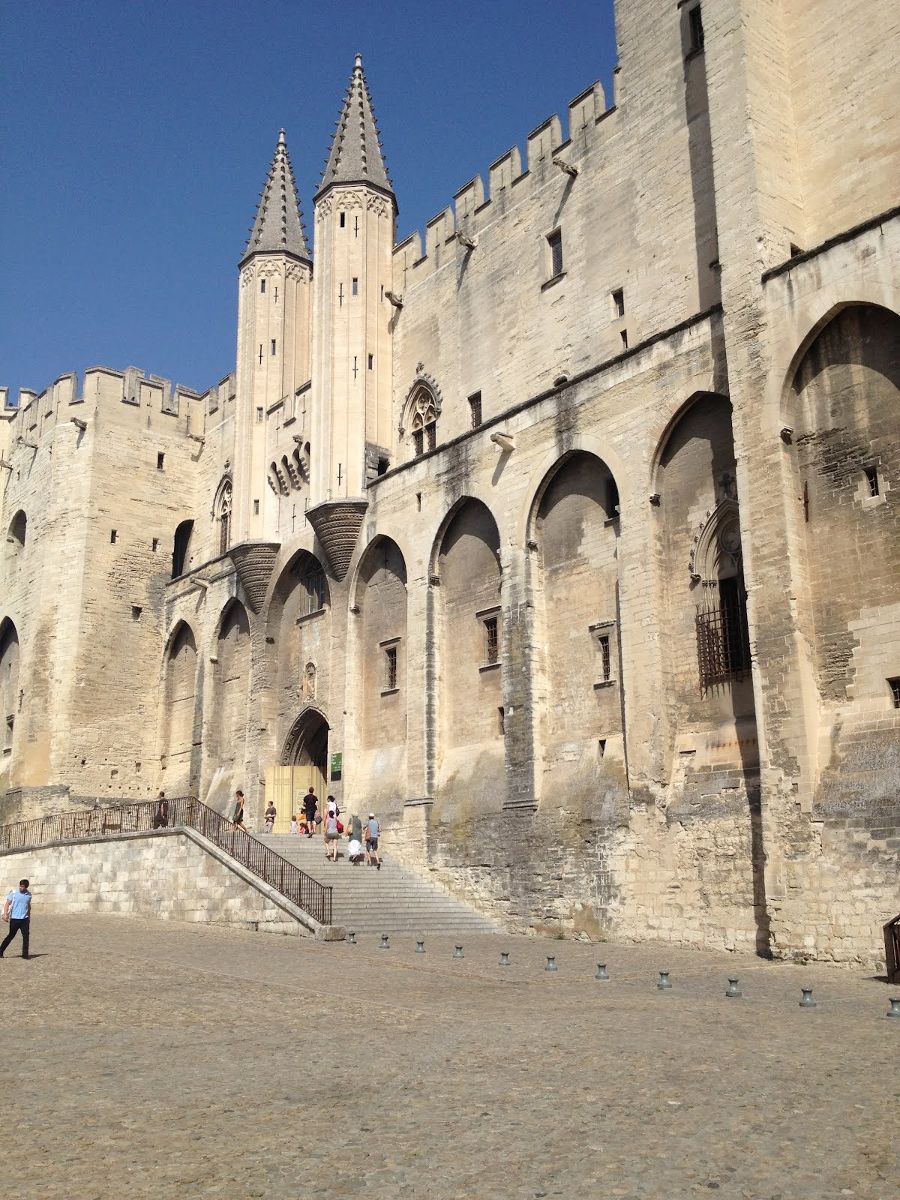 |
Avignon City.
|
Avignon city is still surrounded by the original medieval walls. The urban fabric of the city is strange, with modern apartments intertwining amongst the medieval city streets. The city radiates around a main plaza, although the modern day use of the plaza iis mainly as a ourist hub. The streets in avignon are lined with numerous shops selling tourist souvenirs such as lavender soaps and provencal wine. I felt that this is very disappointing, as it is very difficult to actually feel what the real city life is like.
25th August
At 9am on the final day of 'la sabranenque', all of the volunteers were taken to the TGV station. I then had 40 minutes to say my farewells to the friends that I had made over the past two weeks, before boarding a TGV train to Paris. My disappointment at leaving St. Victor la coste was remedied by the thought that in less than three hours, I would be in Paris. I had been to Paris once before, on a school trip when I was 16, but never since I had began my Architectural studies. I was very interested to find out how I would read the city now that I had some Architectural education.
My intention in Paris was to study the urban fabric, with particular attention paid to the main urban squares or 'Place' as they are called in paris. After booking into my hotel (which I had deliberately chosen due to its name being hotel le Corbe), I made my way directly to Place des Vosges.
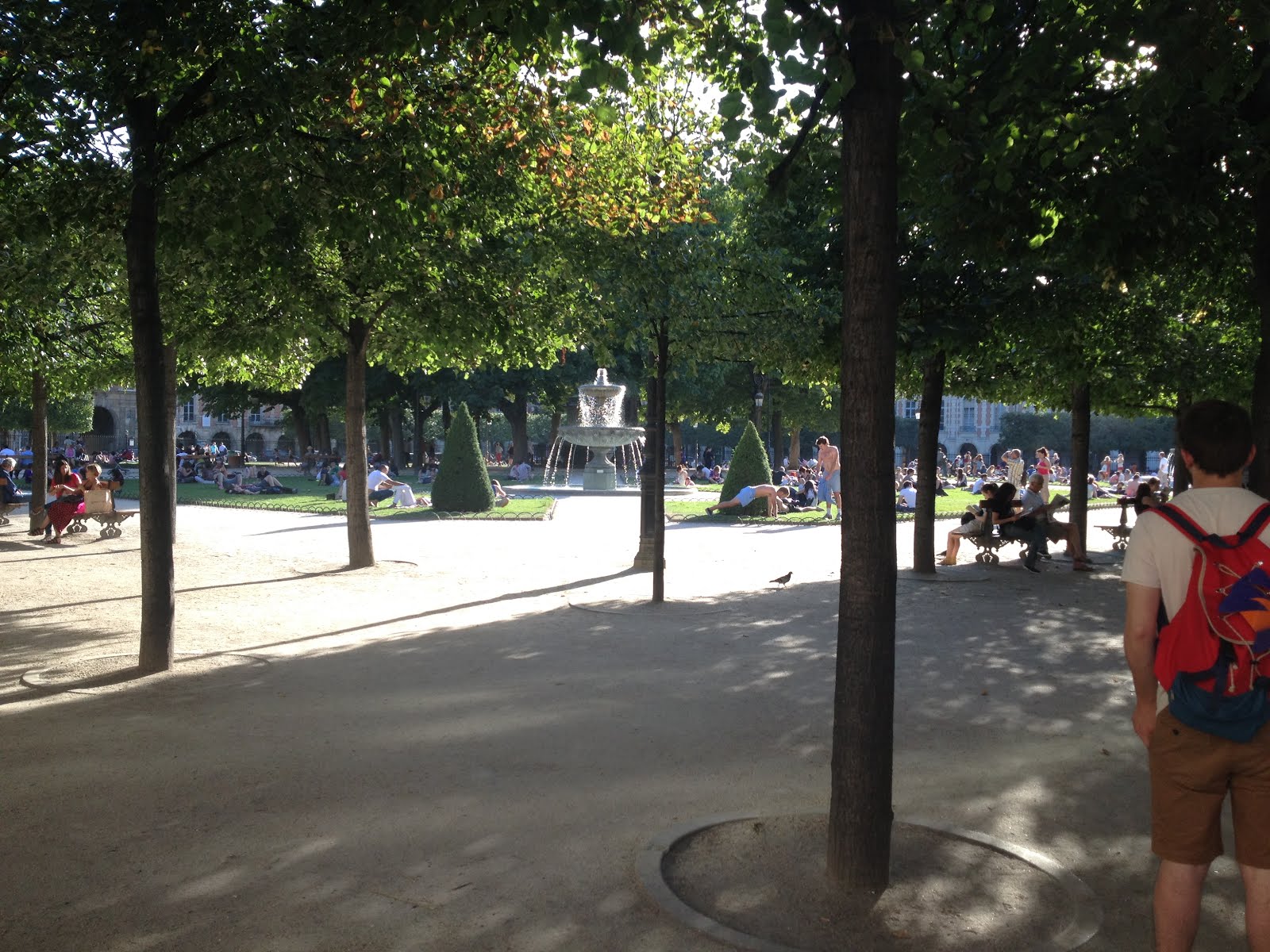 |
The park in the middle of Place des Vosges.
|
Place des Vosges is the oldest planned square in paris, located in the Marais district.originally called ‘Place Royale’, it was built by Henri IV from 1605 to 1612. A true square measuring 140m on all sides, it embodied the first European program of royal city planning. The square was the source of inspiration for the architect Inigo Jones in his design of Covent garden square, London. Place des Vosges is arguably Paris’ most beautiful square. Walking under the covered galeries leading out from Hotel de Sully, I notice that they are part of an assembly of red brick and stone pavilions surrounding the majestic, tree-shaded square. Originally serving as a royal stomping ground for centuries, the square today is a peaceful place to unwind, strole and dine. The small park in the center of the square is one of the few places in Paris where you can sit on the grass, although at times signs reading ‘pelouse en repos’ appear, which literally mean ‘the lawn is resting’, and temporarily you are not allowed to sprawl on the grass.
Although I would have liked to stay and enjoy the serenity of Place des Vosges for the rest of the evening, I had to leave in a hurry because I wanted to visit Sainte chapelle, which closes every evening at 6pm.
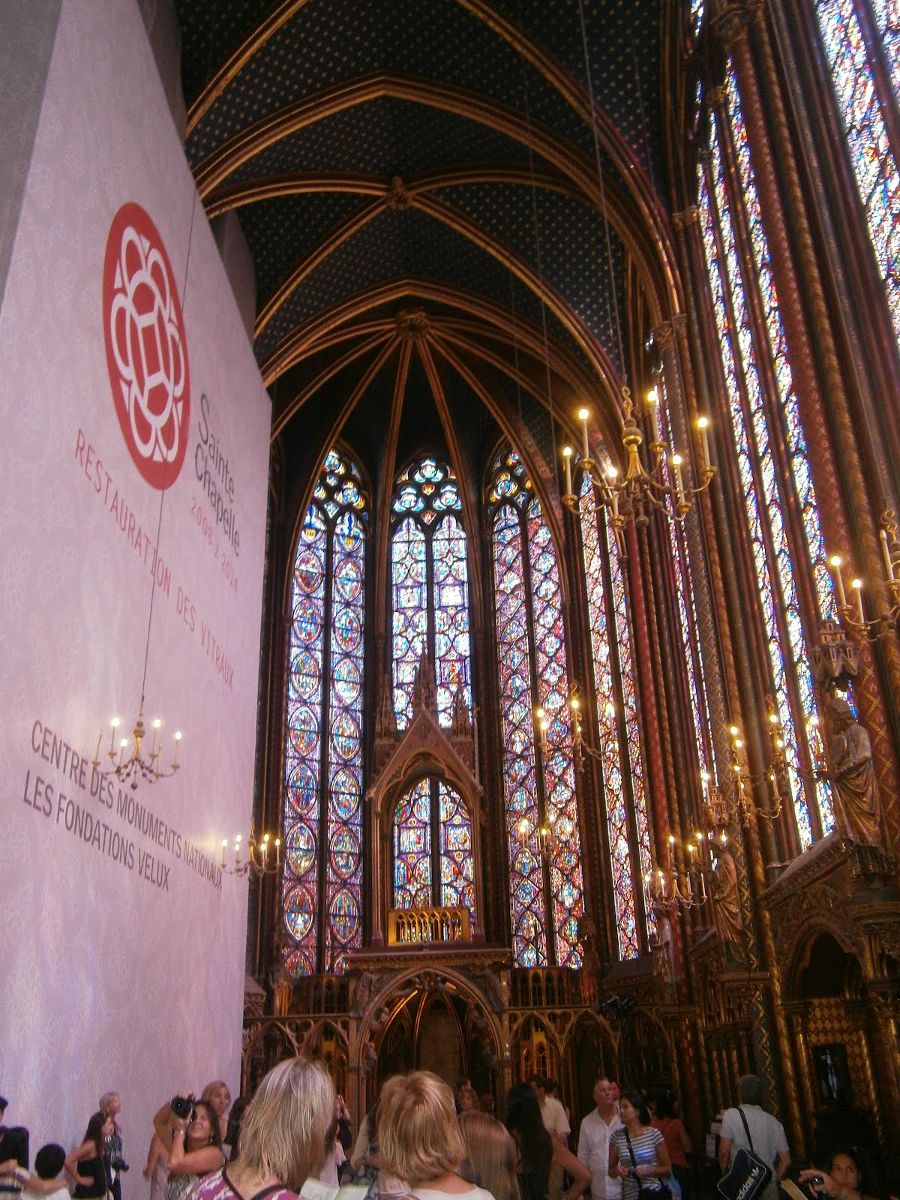 |
Sainte Chapelle is a beautiful lantern-like space.
|
La Sainte Chapelle is the only surviving building of the Capetian royal Paris. It was commissioned by King Louis IX to houses his collection of Passion relics. The Sainte chapelle is considered among the highest achievements of the Rayonant period of Gothic architecture. Although damages during the french revolution, it retains one of the most extensive in situ collections of 13th century stained glass worldwide.
After visiting Sainte Chapelle, I wandered to the nearby Notre Dame cathedral. I didnt go into the church, although I sat sketching its exterior for a while. I then proceed to make my way south across the river Seine, to find a bookshop called ‘Shakespeare and co.’, which was the old stomping ground of many famous writers including James Joyce and Ernest Hemingway.
26th August
My second morning in Paris began with a deliberate metro ride towards Hotel de Ville. From my previous visit to Paris when I was 16, I could vaguely remember a small boulangerie tucked behind the George Pompidou centre. To my surprise, it was still there, and I purchased some breakfast before finding a seat in front of centre pompidou to begin some sketching.
Sitting analysing the pompidou centre, I read it as a modern day cathedral. In my opinion, the externally expressed structure is akin to the flying buttresses on the exterior of Notre dame.
The small square adjacent to centre pompidou 'Place Edmund Mallet', shares a similar intimacy to the point of departure for this project, being meeting house square in Dublin. The square has similar dimensions to meeting house square, and contrasts can be drawn in the attention to the human scale in both. The functions bordering Place Edmund Mallet add to the intimacy, mainly being cafes and eateries.
28th August
On my final morning in Paris, I rose very early with the aim of maximising my final few hours in the city. Due to time constraints, I had to make a whistle stop tour of the remaining buildings on my list, including the ‘Institute du Mondes Arabes’, and a quick visit to the ‘pavilion arsenal’, which housed an architecture exhibition displaying different Architects views about 21st century living in Paris.
 |
Perspective view of Pont du Gard, part of the Roman Nimes aqueduct.
|
In conclusion I felt that this trip was a well rounded experience, which exposed me to a wide range of architectural experiences. The conservation techniques learnt at La Sabranenque will be of immense value to me throughout my architectural career. I believe that the opportunity to visit Architectural monuments such as the Pont du Gard or Hotel le corbusier are once in a lifetime experiences that I would otherwise not have the opportunity to have visited.
|
|
|
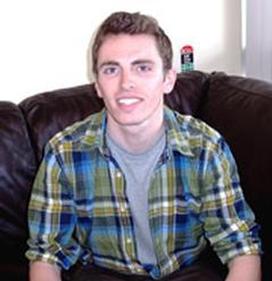
Michael Swords, Dublin School of Architecture, Dublin, Ireland for travel
|
|











